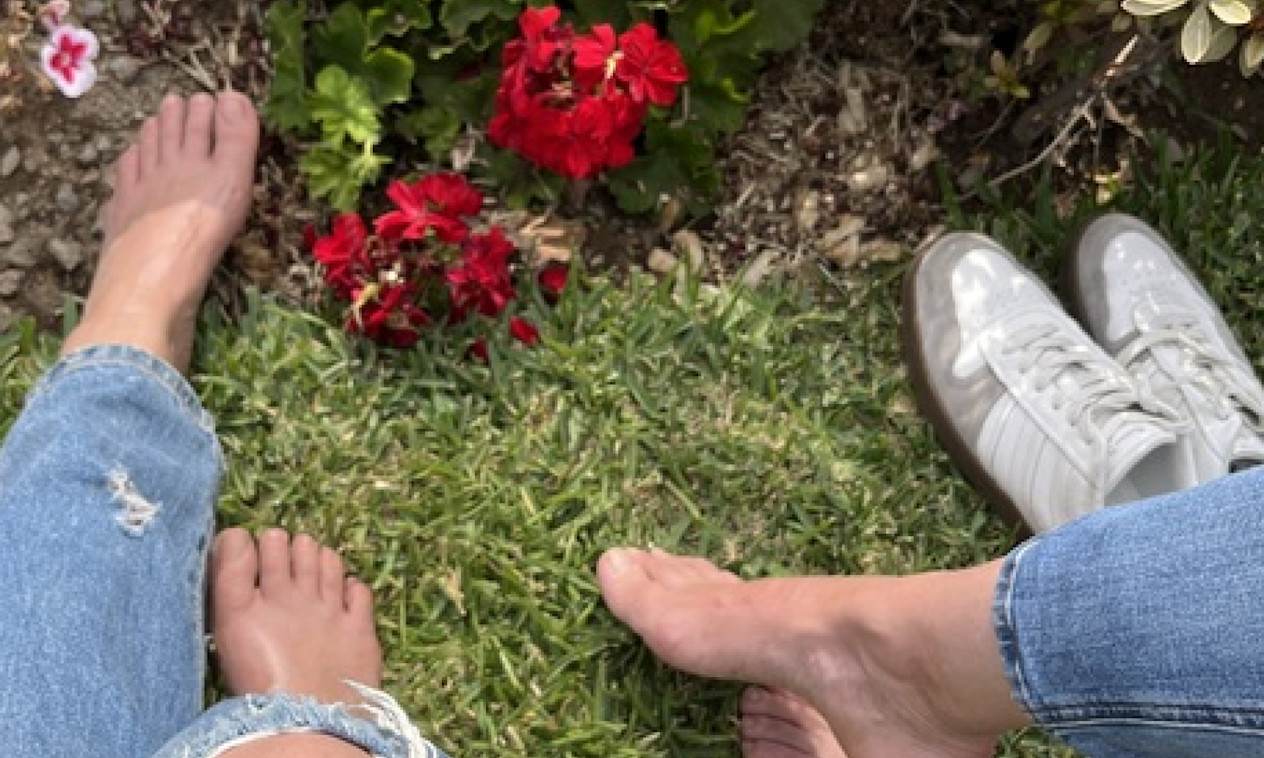Winter isn’t a wonderland for everyone. For some people, cold temperatures and fewer daylight hours can bring on symptoms of seasonal affective disorder (SAD), a type of depression triggered by, yep, the change of season. To offset the impacts of SAD, many people turn to light therapy lamps. But do they actually work?
What is light therapy for seasonal affective disorder?
Seasonal affective disorder symptoms usually include lethargy, irritability, anxiety, and feelings of sadness, and light therapy is one common way to treat this condition. Light therapy for SAD typically involves routinely sitting in front of a light box (usually first thing in the morning) emitting bright light throughout the darker seasons.
The purported benefits of light therapy for seasonal affective disorder
It’s thought that light therapy lamps for SAD “fool the brain into thinking that the nights are shorter than they actually are,” and reduce the symptoms of SAD, says Jamie Zeitzer, PhD, professor of psychiatry and behavioral sciences at Stanford University, who specializes in circadian rhythms and light therapy. One theory is that the artificial light from the lamp mimics natural daylight from outside and triggers serotonin production. Plus, it has fewer potential side effects than medication. Light therapy may also have some indirect benefits, specifically when it comes to sleep.
OK, but does light therapy actually work?
Well, actually, it does. We know that light positively impacts mood, and may even act as an antidepressant. Light therapy specifically helps ease SAD symptoms, such as reducing tiredness and improving mood. In one small 2017 study, light therapy actually eliminated all symptoms of SAD in 61% of participants. Plus, it has fewer potential side effects than medication. Light therapy may also help reset your circadian rhythm (your internal body clock), which “makes it easier to go to sleep earlier and then sometimes can then result in getting more sleep,” Zeitzer says.
Light therapy treatment typically starts in early fall as the daylight starts to decrease, but that’s a discussion you’ll want to have with your doctor first. Zeitzer recommends using your light box as regularly as you can for about 30 minutes at a time, but you’ll still benefit from shorter sessions. Feel free to scroll, watch TV, or eat breakfast while you bathe in light. (Just be sure to sit within the recommended distance provided by your particular light box instructions — typically within two feet). Consistency is key.
If you have the option, going outside may also help with seasonal depression, says Zeitzer. Even when it’s overcast, the sun’s light is more powerful than a light box. “Light boxes are typically rated at around 10,000 lux [a measurement of light intensity],” he says. “You'd really only get that if you put your face right up against the light. [On] a nice clear day, it can be anywhere between, say, 50,000 and 100,000 lux [outdoors].” Getting outside can benefit your mental health in other ways too, such as reducing stress and anxiety.
theSkimm
Light therapy really is an effective treatment for seasonal affective disorder. So as long as it’s cool with your doctor, you can go ahead and add that light therapy lamp you’ve been eyeing to your cart.
This content is for informational and educational purposes only. It does not constitute a medical opinion, medical advice, or diagnosis or treatment of any particular condition.
Subscribe to Skimm Well
Sign up here to receive our wellness newsletter filled with actionable advice, expert-vetted content, product recs, and more — delivered directly to your inbox.






